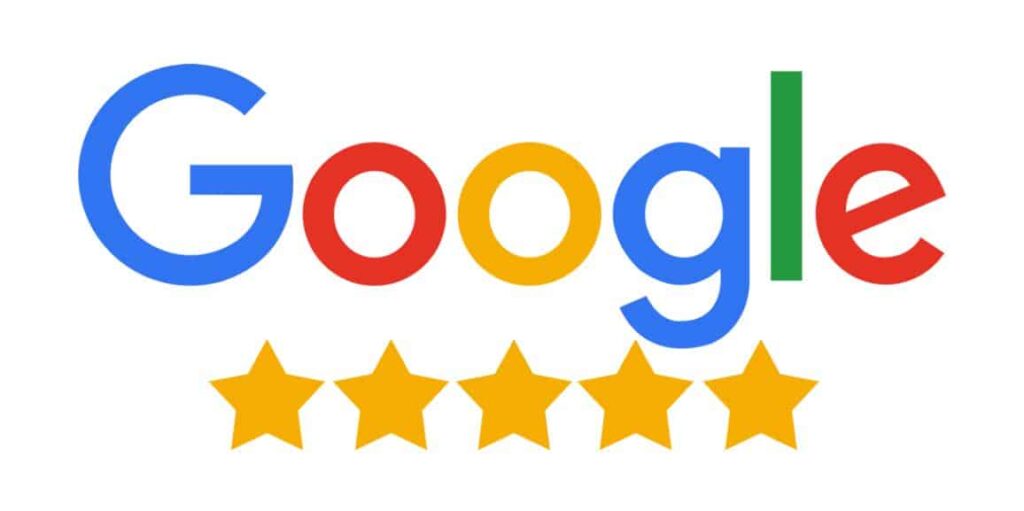Making your mark as an online business can be difficult. Many global companies have the upper hand thanks to having more disposable resources. However, you can still compete for customers’ attention through effective content marketing. You can start building brand loyalty with e-commerce content by connecting with current and potential customers using articles, social media posts, videos, and other forms of multimedia.
Marketing your brand and your products or services online may also be one of the cheapest and quickest ways to reach your audience. According to 2024 data from the Pew Research Center, 83% of adults in the United States (US) use YouTube. Meanwhile, 68% use Facebook and 47% use Instagram. So, with good planning, creative strategies, and efficient execution, the algorithms might just find a way to connect you with consumers who have interests and values similar to yours.
You can start your legwork with surveys, social media analytics, market research, and market segmentation.
Understanding the Role of Content in E-commerce Brand Loyalty
- Content is king, as the saying goes.
- After all, people love a good story.
- They are eager to learn about the world.
- They want to laugh and cry.
- They want to relate to other humans.
- By deeply understanding this yearning for connection, brands can position themselves as storytellers, mediators, and even actors of change.
- The right messaging conveyed to the right demographic using the proper channels can help strengthen customer trust in your brand.
Unsurprisingly, businesses have learned to take advantage of social media. These tools have made instant communication among people around the world an affordable reality. Thus, companies have adopted diverse digital content types and platforms to execute key content marketing techniques for brands.
Social media platforms also allow users to interact freely with one another, so consumers have the power to reach back out to brands with engagements in the form of comments, reactions, and reposts. Notably, brands can receive positive and negative responses from social media users, emphasizing the importance of social, political, and cultural awareness among businesses before publishing any kind of content.
a. Give value through a blog
A blog can be used for different purposes, including as a digital diary, an educational resource, or a marketing tool. Bloggers usually give insights into their areas of interest or expertise. Your blog can focus on topics that are valuable to your customers, including tutorials and trends. You can also dive deep into your values and goals. One way to do this is to share your “why” with your readers, giving them a closer look into how you built your brand and your products.
Another way to engage your customers is to write about important topics that often take a backseat. For instance, Pursuit, a blog by activewear brand Rhone, publishes content not only about men’s physical health but also their mental and emotional health. The blog has articles on different kinds of workouts, the benefits of gratitude, the results of teamwork, and strategies for better self-care.
b. Engage your audience through video
Videos can be more engaging and immersive than written content due to their multimedia nature. They give consumers audiovisual stimulation and make it easy to digest information even when they’re on the go. This may be why YouTube was the most used online platform among US adults in 2023.
- With continuously changing consumer preferences, new video formats are born.
- Brands still produce helpful, straight-to-the-point videos for their customers, such as product launches and demonstrations.
- However, many businesses have learned to humanize their brands to better relate to their customers through customer testimonials, vlogs, and behind-the-scenes.
Long-form video can also be appreciated by customers, depending on the objective of your content. You can create educational video content through webinars, live streams, and interviews. You can get creative and break industry norms, for instance, by creating cinematic videos for real estate marketing instead of flooding platforms with text-heavy listings.
You can also take the human-interest path and produce short films aligned with your big marketing idea, company values, and goals.
- Short-form video has also boomed in recent years, with TikTok gaining popularity among consumers and businesses.
- In the US alone, the bite-sized video-sharing platform had 102 million users in 2023, according to 2023 data from Statista.
- The fast-paced nature of TikTok has challenged content creators to produce entertaining videos that are only a few seconds to 3 minutes long.
- The length of this video format can be good for providing explainers, giving sneak peeks, and starting trends or challenges.

c. Reach a larger audience through social media
Having different video content types on your social media pages can also attract customers. Four years after TikTok was released in 2016, Instagram Reels was launched. A month later, YouTube responded to the TikTok ban in India with YouTube Shorts. You also have Instagram Stories, Instagram Live, and Facebook Stories at your disposal. Having several options for content marketing channels allows you to diversify and reach a larger audience.
Aside from video, you can trust that visually appealing static posts can grab attention. These include images, infographics, and even memes, as long as they still make sense for your strategy. You can also encourage engagement through interactive content, such as polls, quizzes, and contests.
- However, you must also identify the content formats and online platforms necessary to execute your plan and strategy.
- Know how to connect with the distinct demographics that use different platforms.
- Vague and misaligned messaging across marketing channels can confuse you, your team, and your customers.
Strategies for Creating Compelling Ecommerce Content
A story is only as good as how it is told. To create quality content for your brand, you must know who you are talking to and strategize how to connect with them effectively. Once you know your target market and strategy, consider leveraging different content formats and use tried-and-tested marketing techniques like the following to increase your content visibility:
- Identify your audience preferences and pain points. You can start your legwork with surveys, social media analytics, and market research. The results of your research efforts will help your data enrichment processes and form the foundation of your content marketing plan. Once you know who you are trying to reach out to, you will understand the content they like and interact with and why they engage with certain content topics and formats.
- Craft a content strategy that aligns with your brand identity and values. Create content pillars based on your brand’s main themes and messaging. Then, make a content calendar around your topics, content formats, and distribution channels. Make sure that your tone, style, and visuals are consistent across all content and with your brand values. Remember that regularly evaluating and improving your strategy is crucial to your campaigns’ success.
- Use various content formats to resonate with different segments of your audience. You can diversify your content formats to appeal to different kinds of consumers. For instance, visual learners could appreciate infographics and videos, while those who prefer to read in detail might prefer blog posts and articles. You can also look into newsletters you can disseminate through email marketing software platforms. You can also attract auditory learners through podcasts. Though you have many format choices, you must stay true to your brand while taking audience preferences into consideration.
- Use SEO techniques to ensure content visibility and reach. Search for keywords that are relevant to your content. Keywords help optimize your titles, headings, and meta descriptions. You can also embed internal and external links, optimize your images, and organize content efficiently to increase readability.
Optimize Your E-Commerce Content
Strong online presence for small and medium-sized online brands demands effective content marketing strategies. Using different content formats, such as videos, blogs, and interactive posts, created to resonate with different kinds of consumers is important. By making your content consistent with your brand identity and values, your business can nurture engagement, establish trust, and drive success in the digital landscape.




